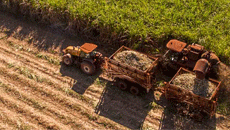
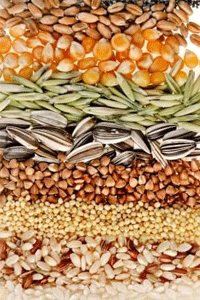
Pierrè van Zyl has been elected as the new Executive Member for Region 21, which encompass the Hoopstad & Wesselsbron districts.
Further industry discussions regarding the LEAF services took place and Grain SA submitted comments on the second round of the Government Gazette publication.
Various specialist working groups took place including Winter Cereals, Production/Inputs, Marketing, NAMPO Harvest Day and Farmer Development. Feedback videos of each meeting can be viewed here
Werner Vos, based in Ermelo has been appointed as new marketer in the Eastern regions.
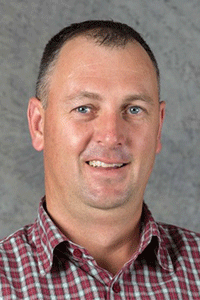
Grain SA today announced that Dr Pieter Taljaard is appointed as the organisation’s new CEO. He will take over the reins from Jannie de Villiers from 1 September 2021 following Jannie’s earlier announcement that he will be stepping down as CEO at the end of August.
Pieter is well known in the agricultural sector and brings a wealth of expertise to this role, having served in a number of senior leadership capacities over the past years, currently as the Cereals and Industrial Crops Go-to-market strategy Lead at Bayer Crop Science. He worked with Grain SA for many years in his capacity at Bayer, Monsanto, NWK and as lecturer at UFS.
Pieter obtained his PhD in Agricultural Economics at the University of the Free State and spent the past six years in the seed industry. He is passionate about agriculture, which has also been his hobby as a part-time farmer for the past 19 years and he has a trained background in Agriculture and Applied Economics, specialising in Consumer and Production Economics, Econometrics as well as Mathematical Optimisation.
The appointment of Pieter follows a thorough recruitment process overseen by a special Committee of the Executive using the recruitment company The Talent Connection, which saw a wide variety of exceptional candidates vetted and interviewed. “It was very crucial for Grain SA to make the right appointment that can lead the organisation into the next era. Pieter has vast experience in the grain sector and worked very closely with farmers.” Derek Mathews, chairperson of Grain SA said.
Mathews closed in saying, “I would also like to use this opportunity to sincerely thank Jannie for his years of commitment and hard work to bring the organisation where it is today, as he now steps down as CEO. He will not be lost to agriculture and his mentorship and spiritual journey will continue to influence the industry in times ahead. We wish him all the best of luck for the future.”
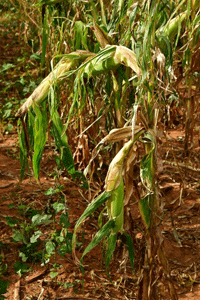
During the 2020/21 growing season some Grain SA’s members in certain parts of the western Free State and North West provinces, experienced severe occurrences of silk jamming on PAN 5R-891 BR. After realising that this is not an isolated incident, Grain SA decided to appoint an independent agronomic specialist to investigate the cause thereof for our members. The independent specialist concluded that “although there were 3 cool nights in February that may have contributed to the silk jamming episodes, PAN 5R-891 BR is hyper-sensitive to certain growing conditions (including chemicals not shown by competitive hybrids) and specifically cool night temperatures during silk elongation”. The report also found that other cultivars, even those that are part of the same family of PAN 5R-891 BR, and was planted in the same window, did not show the same severe episodes of silk jamming.
After the finalisation of Jeremy Jackson’s report, Grain SA approached Pannar with the findings. After many meetings and discussions on the findings of the report, Pannar was still of the view that it is environmental, climate and cultivation practices that influenced the appearance of silk jamming. Although Pannar accept liability for their products, they are of the opinion that this episodes are risks associated with crop production for which they cannot be held liable and which are beyond their control. They thus feel that they cannot be held responsible for the silk jamming of PAN 5R-891 BR.
Click here to view the report of Jeremy Jackson.
Pannar has been approached for a response as set out below:
PAN 5R-891BR SILK-BALLING
After the meetings held with Grain SA we uphold our view that whilst genetics certainly plays a role (as does every hybrid trait such as disease resistance and standability), this silk-balling (referred to as ‘silk-jamming’ in Grain SA’s report) incidence would not have occurred without the simultaneous occurrence of a combination of climatic and other external factors including the application of certain herbicides, and it’s clear that environmental, climatic and farming practices may have influenced the occurrence this season.
In our view, similar to how a wet and late season results in more cob diseases on susceptible hybrids, the incidence of silk-balling arises from similar risks associated with crop production for which Pannar cannot be held liable and which are beyond its control. Pannar reiterates that it has a very thorough and comprehensive product trial testing programme. These products have proven potential after completing multiple years of testing.
Pannar advises that it will respond separately to the farmers listed in the report. The company stands firmly by its products.Brown locust outbreaks are occurring widely across the Northern Cape province and regions that share a border with the Free State. Producers are encouraged to inform the Department of Agriculture, Land Reform and Rural Development of the areas where locusts occur.
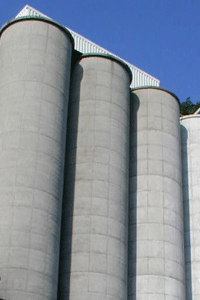
The past season has raised many questions regarding supplies and inspections within the grain industry. Grain SA has, as previously communicated, launched various actions to ensure a transparent and effective functioning industry.
Adaptation of rules and regulations regarding physical delivery and increased inspections of JSE silo certificates
The process of advocating for the change of rules and regulations at the JSE regarding physical delivery contracts has been completed and communicated to the market by means of a market note. This process is now in the implementation phase and is monitored by Grain SA as well as other market role players to ensure that it meets expectations. One of Grain SA's proposals, that independent inspections of JSE silo certificates should be increased and that the results should be communicated on a regular basis, is now being done by the JSE through regular market communication. Since the JSE investigation and the increased inspections, all inspections have been clean. According to the JSE's feedback to the market, there were also no challenges encountered during offloading. Independent inspectors are currently visiting ten silos per month on behalf of the JSE, and which are published accordingly. Given the JSE communication, the most recent inspections were at Groenebloem, Gottenburg, Rooiwal, Schweizer-Reneke, HallatsHope, Leeudoringstad, Viljoenskroon (G232 and G266), Weiveld, Driefontein and Kleinharts.
SAGIS physical inventory inspection report
Grain SA has also requested SAGIS to publish their inspection report, which is currently available to interested individuals. According to SAGIS' report, there were 709 inspections from March 2019 to February 2020 - of which 610 were physical inspections. From March 2021 to end-May 2021, 246 inspections took place, of which 201 were physical inspections. According to the report, the majority of the deviations found were under-declared. Soybeans had the highest difference in terms of stock counted, compared to stock declared, with 2.32%. The only crops where more stock were declared than counted, were yellow maize (0.42%) and wheat (0.39%).
| Crop | % under declared | % over declared |
| White Maize | 0.53 | |
| Yellow Maize | 0.42 | |
| Sorghum | 0.11 | |
| Soybean | 2.32 | |
| Sunflower | 0.42 | |
| Wheat | 0.39 |
Source: SAGIS
Both inspection reports are available at the following links:
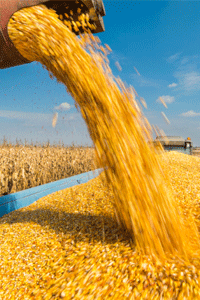
The 2021/22 season's maize, soybean and sunflower seed harvesting process is progressing well, with maize harvesting in particular taking place at a much faster rate than the average rate at the similar time of year. In terms of white maize, the year-to-date deliveries as a percentage of the CEC's 4th production estimate, is 41%, completed.
The year-to-date yellow maize deliveries are 53% complete. The soybean and sunflower seed deliveries for the season were 94% and 66% complete, respectively. The maize exports for the season are also taking place at a very good pace. The expected maize exports, up to and including the end of July 2021, amount to 1.27 million tons, compared to an average of approximately 950 000 tons reported over the previous 5 years' highest export years during the corresponding season.
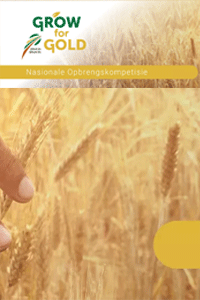
The time for wheat to form part of the Growth for Gold Yield Competition has arrived.
Wheat producers in the winter rainfall region, the northern dryland regions as well as irrigation farmers are invited to enter the Grow for Gold Yield Competition this season. Producers can register directly on the website or through their individual seed companies.
Following the success of the first Grow for Gold National Yield Competition hosted by Grain SA last year, the organisation has already announced the 2021 competition for summer grains. And now it is this season (2021), wheat producers' chance to enter. A yield competition offers producers the opportunity to compare and compete with yield potential under similar production conditions, for specific regions. In an effort to ensure comparable categories, Grain SA, in collaboration with Geo Terra Image, seed companies and other experts, has compiled several categories for wheat which include: Free State Eastern & Western Rain Regions; Irrigation Northern Region; Irrigation Southern Region; Western Cape High Rainfall Region; Western Cape Low rainfall region; and Western Cape Medium rainfall region.
For more information and entries, click on the links below
RSA Wheat Grain SA District Distribution
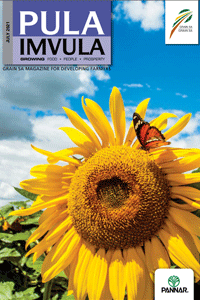
The latest issues of the 2021 July edition of Pula Imvula, Grain SA's magazine for emerging farmers, has been loaded on the website. Be sure to read any of the editions for the latest news and articles. Simply click on one of the links below.
| Pula Imvula English | Pula Imvula Sesotho | Pula Imvula Tswana | Pula Imvula Xhosa | Pula Imvula Zulu |
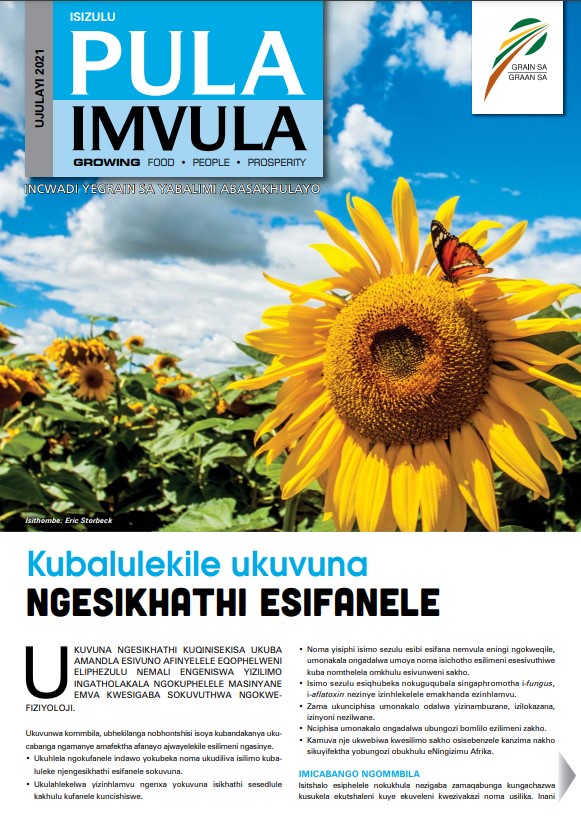 |